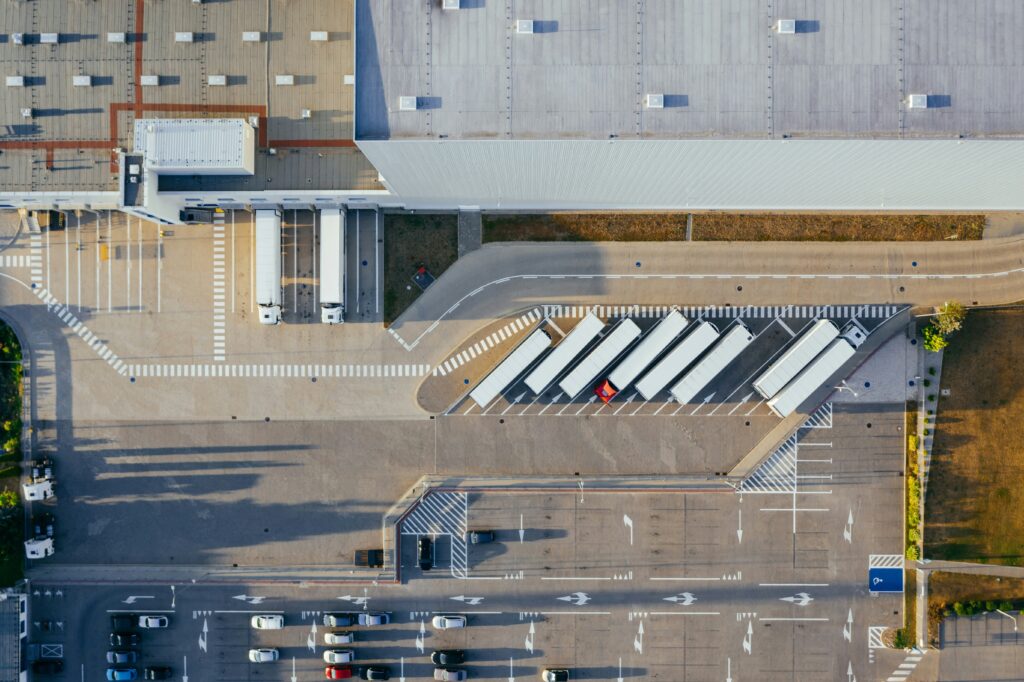In the face of global tensions, natural disasters, and other potential large-scale issues, striving for supply chain resiliency has never been more important.
Let’s think about the opposite for just a moment – what are the consequences of vulnerable, unreliable supply chains? Maybe a disruption in operations, unhappy customers and shipping partners, decreased revenue, reputational issues, etc. We could go on, but you’re here because you understand this issue and want to guard against it.
It’s our goal to help continue the discussion around fortifying our supply chains so that they can thrive and even reach new levels of efficiency.
So, let’s go a little deeper into what fortified supply chains look like, the role of technology, and some practical steps you can take for enhanced resiliency.
- Introduction to the Four Pillars of Resilient Supply Chains
- Visibility
- Adaptability
- Redundancy
- Data and predictive analysis
- Embracing digital transformation
Introduction to the Four Pillars of Resilient Supply Chains
Here’s the question – we know the risks, but what do we do in order to mitigate them as much as possible? In other words, what measures can we take to prevent disruptions, especially since every piece of the supply chain is interconnected? And, how can we implement the right technology to reach these goals?
These are the following four main pillars of supply chain resiliency (please note – there will be some overlap):
1. Visibility
Visibility and transparency are two different but closely related concepts that are crucial for a streamlined supply chain. They both help to identify and stop potential risks or disruptions before they become a serious problem.
The focus of visibility is usually related to technology that gives us important insights by way of connected systems, advanced shipment tracking, and IoT devices. In fact, today’s technology can give us insights in real time, which means we have a more informed understanding of inventory levels, shipment statuses, and processing times, to name a few.
Visibility doesn’t just benefit the supply chain company. If they are willing to be transparent about this data, they can grow and foster trust with supply chain partners while also building upon the ability to collaborate more effectively.
Transparency is also crucial for ensuring and maintaining compliance across your operations, keeping your employees safe and your company from facing serious legal and reputational consequences. Most importantly, transparency helps businesses take a proactive approach to risk mitigation so that they can get ahead of any potential disruptions.
2. Flexibility and Adaptability
Market changes come and go, but supply chains nowadays are dynamic environments. In order to really succeed, companies must be willing and able to adapt accordingly. Not every organization is prepared to adopt new technology, but more and more decision-makers are seeing the potential upside.
For example, in one study, 80% of a sample size of 1400 IT and Operational Decision-Makers said they agreed that over the next 5 years, businesses will need to adopt new technology to keep up with e-commerce demands.
Being optimally adaptable is not just responding to issues or pivoting quickly, but having clear contingency plans, and knowing when to adapt those plans to meet the need. Practically, this might mean shifting production to alternative suppliers, adjusting production schedules, or rerouting shipments to different distribution centers. The key is being able to do this swiftly and confidently to assure maximum supply chain continuity.
3. Redundancy
This concept is simple and maybe its simplicity is the reason it doesn’t seem to be discussed as much. The best way to put this is that redundancy is the strategic duplication of resources, suppliers, processes, locations, suppliers, etc. – anything that plays a pivotal role in the supply chain.
Redundancy is insurance against putting all of your supply chain eggs in one basket. Having two good suppliers is better than one. Two warehouses are better than just one. It’s common sense, yes, but it’s also a huge strategic endeavor that can be better planned for with the right visibility.
4. Predictive Analysis and Data-Driven Decision Making
We’ve talked a lot about preparing for and mitigating risks, but we haven’t really discussed where to get the information that helps us make those decisions. On the one hand, you can learn a lot from day-to-day operations and discussing improvements and optimizations with warehouse staff and managers. But nothing is as powerful as building up real-time data so you can make better decisions.
This kind of software works because it can unlock new insights from your data and it uses AI that practically lets you peer into the future. Using this technology streamlines your ability to anticipate changes in the market, forecast demand, optimize inventory, and so much more. Again, with so many supply chain companies moving in this direction, we’re seeing stronger, better-prepared, and less disrupted supply chains.
Embracing Digital Transformation
Resiliency in the supply chain comes down to a few key factors, and when these have all been considered and you’ve done your preparation, you’ll be way ahead of the rest.
Not everybody is ready to embrace AI technology, and we get that. But everybody knows that you can learn from data and you can use it to get smarter about your plan for supply chain resiliency.
If you’re interested in solidifying your supply chain’s continuity and you’re ready to leverage data-centered software to do it, there are plenty of platforms to help you achieve this.
But, while some require a lengthy and expensive implementation process, Arvist AI is a little bit different. Our platform still offers you all the benefits through data and predictive AI, but while leveraging your existing infrastructure.
For example, we don’t need to come in and install all new cameras when we could simply utilize the cameras you already have. This means that you get access to all that data but we can get you up and running faster and at a more affordable price.
Want to learn more, whether now or for potential future implementation? Reach out to us today to learn more about how we can help keep your supply chain resilient.





